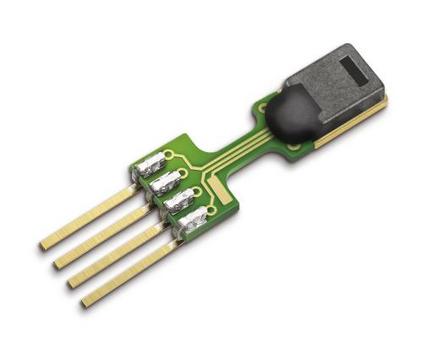In photoacoustic tomography (PAT) with flat sensor, we routinely encounter two types of limited data. The first is due to using a finite sensor and is especially perceptible if the region of interest is large relative to the sensor or located farther away from the sensor. In this paper, we focus on the second type caused by a varying sensitivity of the sensor to the incoming wavefront direction which can be modelled as binary i.e. by a cone of sensitivity. Such visibility conditions result, in the Fourier domain, in a restriction of both the image and the data to a bow-tie, akin to the one corresponding to the range of the forward operator. The visible wavefrontsets in image and data domains, are related by the wavefront direction mapping. We adapt the wedge restricted Curvelet decomposition, we previously proposed for the representation of the full PAT data, to separate the visible and invisible wavefronts in the image. We optimally combine fast approximate operators with tailored deep neural network architectures into efficient learned reconstruction methods which perform reconstruction of the visible coefficients and the invisible coefficients are learned from a training set of similar data.
翻译:在光声感应传感器(PAT)中,我们通常会遇到两类有限的数据,第一类是由于使用有限的传感器,第一种是由于对传感器感兴趣的区域较大,或距离传感器较远,因此特别容易看到。在本文中,我们注重第二类是由于传感器对即将到来的波前方向的敏感度不同造成的,这种传感器可以模拟成二进制,即感应锥形。这种可见性条件在Fourier域造成图像和数据限制为与远端操作员范围相对应的弓领。图像和数据领域的可见波前置与波前方方向绘图有关。我们调整了红外曲线限制分解位置,以代表全波前数据,从而将图像中的可见和隐性波头区分为二进制。我们最好将快速近似操作器与定制的深神经网络结构结合为高效的学习重建方法,以进行可见系数的重建,而不可见系数是从类似数据的培训中学习的。



